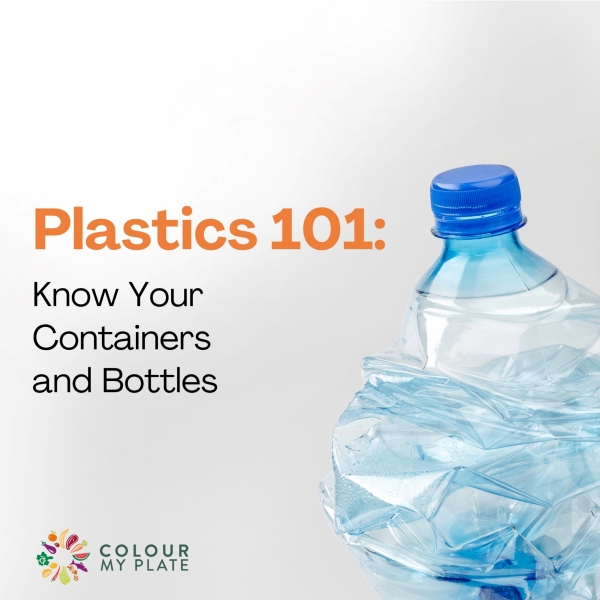
![]() 19 Apr 2024
19 Apr 2024
Plastics are everywhere in our modern world; from the containers we store our food into the bottles we drink water from. In this blog post, we’ll delve into the realm of plastics, revealing how not all are created equal and how understanding their differences can guide us toward healthier choices for ourselves and the planet.
Plastics are categorized by numbers known as resin identification codes which are usually found on the bottom of containers. Here are some common types:
When it comes to choosing for food and beverage storage, it’s essential to prioritize safety and sustainability:
Biodegradable plastics are designed to break down more quickly than traditional plastics, potentially reducing environmental pollution. However, not all biodegradable plastics are created equal as well, and some may still leave behind harmful residues or require specific conditions to decompose properly.
When considering biodegradable options, look for certifications like the Biodegradable Products Institute (BPI) certification, which ensures that the product meets specific standards for biodegradability and compostability.
To conclude, understanding the different types of plastics, their safety considerations, and their environmental impact is crucial for making informed choices in our daily lives. By significantly prioritizing safety, sustainability, and responsible disposal practices, we can minimize our reliance on plastics and contribute to a healthier planet for future generations.

We noticed you haven't completed your delivery details.

Your message is sent